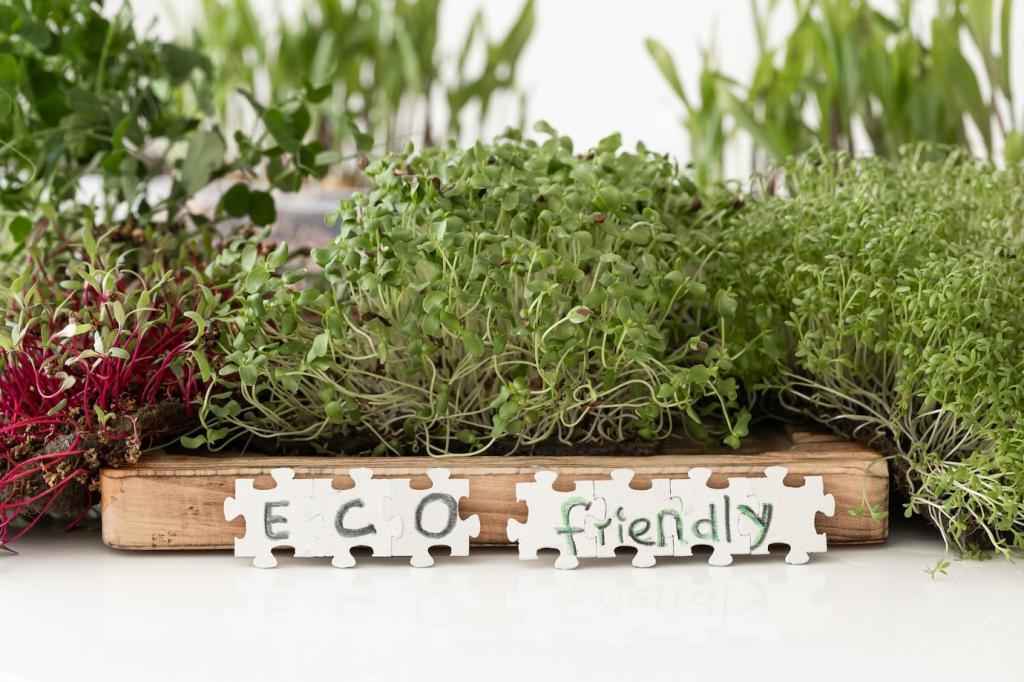Why Rainwater Harvesting Belongs in Every Landscape
Every storm can either feed erosion or fuel growth. By capturing roof runoff, you slow floods, prevent pollution, and supply gardens with gentle, chlorine-free water that plants absolutely love and respond to with vibrant health.
Why Rainwater Harvesting Belongs in Every Landscape
Rain rarely arrives on schedule anymore. Harvesting creates a personal buffer, storing surplus during wet weeks and bridging dry spells later, keeping landscapes alive without stressing municipal systems or your monthly water budget.




